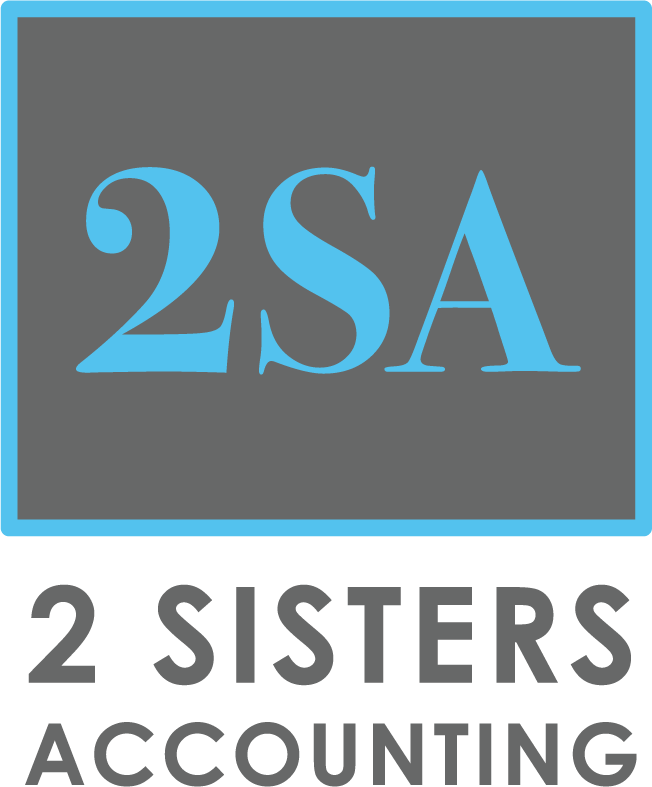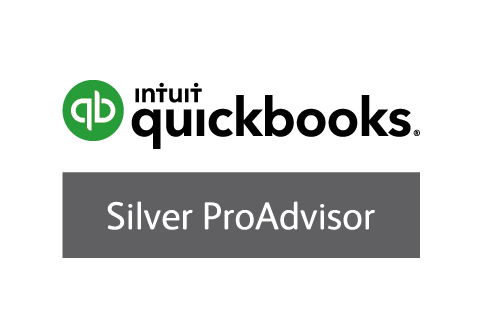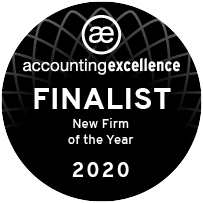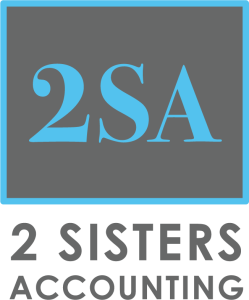We are all thinking about money, where its going, how to make more of it, how to make it last more than ever at the moment. Cashflow is what you need to be thinking about for your business.
Running out of cash is one of the biggest reasons that businesses fail. It’s not surprising really, as forecasting your cash flow can be tricky, not to mention that there are so many variables that determine how much is needed for operations, how much money you have coming in, and how much money you actually have to spend. Like we said, tricky (and a recipe for a headache).
While it is difficult, cash flow planning is absolutely essential to the success of a business. It ensures that you have the money you need to not only survive, but thrive, in any market or economy. Which is what we want for all our clients!
As you can imagine, this is the dream for every business right now – to know that they are okay and that they can make payroll and keep up with the bills.
To be in this position, you need to start cash flow planning or forecasting and here are the main 4 numbers that you need to know.
How much cash is in the bank
It is crucial for a business to always know how much money is in the bank, but what makes a business successful is knowing how long that money will last based on their current spending.
You need to make sure you’ve got the money to meet monthly outgoings (e.g. rent, paying suppliers, paying employees, buying raw materials etc) for most of this year.
Through cash flow planning, many businesses know exactly how long they can survive before they go bust. With this knowledge, you’ll be able to plan ahead and make better business decisions to improve your position throughout the year.
Turnover (revenue and inventory)
Knowing your turnover or gross revenue (e.g. the total amount of money you’ve brought in from sales) is obviously a key number to know, but when it comes to your cash flow forecasting, things like inventory turnover are also essential.
Inventory turnover is the rate at which you keep and use all of your inventory after you have purchased it. You might not think that this number is essential to know, but inventory can actually hide a lot of problems and issues within the business that you wouldn’t see if you weren’t looking.
Imagine you have been buying too much inventory. Imagine the money you have available that is just sitting there. By looking at metrics like this while cash flow planning, you can know whether or not you should be buying more or less inventory at a time and what effect this will have on your profitability.
Cost of sales
While revenue is an essential number to know, cost of sales is even more critical. Why? Because if making those sales cost you more than the money you brought in from them, you are actually making a loss and are heading for some major cash-flow problems.
Even if your business is growing, this doesn’t mean that you are heading in the right direction, so pay close attention to this number when cash flow planning. What costs are involved in making your sales (e.g. the cost of labour if you sell services or the cost of materials for client builds)?
A small decrease in the cost of sales can have as much impact on gross profit as a large increase in sales, so that is why it is so essential to know this number. If you’re aware of these costs, you can either negotiate with suppliers for better prices or tighten up work processes to reduce labour hours.
Net profit
Net profit is the ultimate measure of a business’s success. It is your bottom line, i.e. everything you’ve made after you have subtracted all direct and fixed costs. So why is this important for cash flow planning?
The net profit margin helps you to see whether you are generating enough profits from your sales and whether operating and overhead costs are being contained. If you’re not doing either, then you should know where and how you need to make adjustments.
Don’t confuse cash flow with revenue!
Revenue is only a measurement of a one-way inflow of money whereas cash flow demonstrates all movement of money through your business (e.g. income, outgoings and existing cash in the business).
That’s why cash flow forecasting is so essential, as you can use it to track your business’s financial health while also planning for any expected peaks or dips in business in the future. So many numbers besides revenue indicate profitability, so you need to manage them ALL right before you can be sure that your revenue growth is cause for celebration.
If you want help creating grand cash flow plans, with budgets or some management accounts to track how you’re doing, pop us a message and we can help you get plans into place.
How to Make the Most of the Quiet Summer Months When Running Your Own Business
How to Make the Most of the Quiet Summer Months When Running Your Own Business
